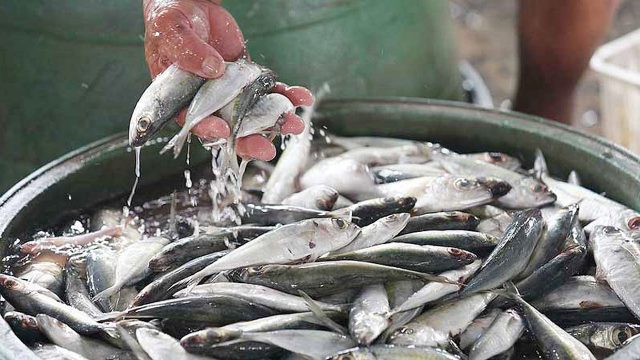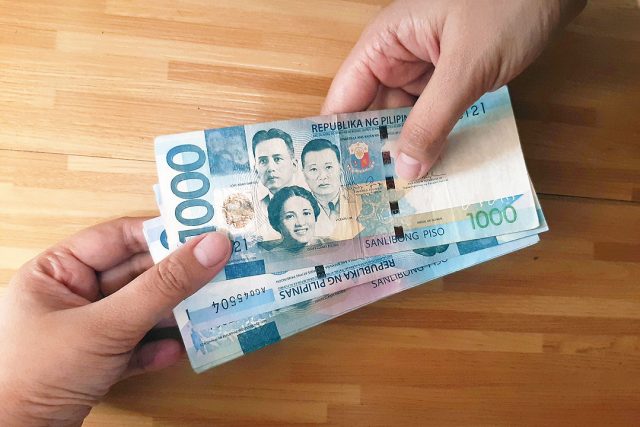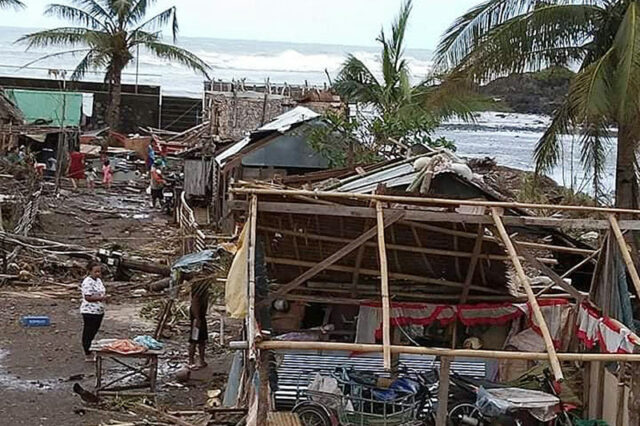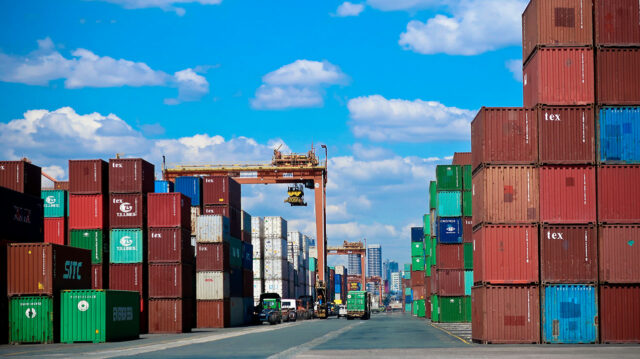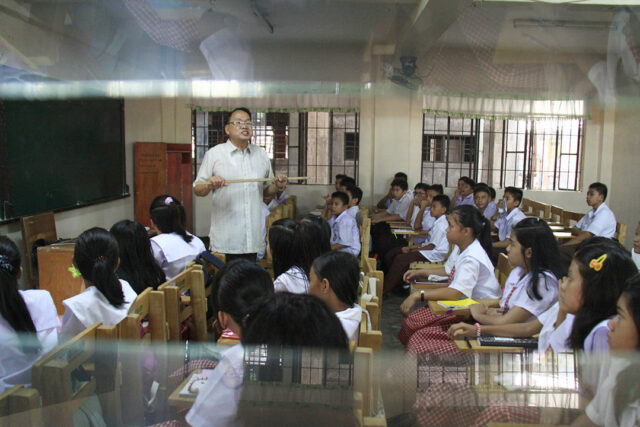THE PHILIPPINES and China’s “provisional agreement” on resupply missions for troops at a disputed South China Sea shoal, the site of clashes between the two, may be subject to review, a Foreign Affairs official said on Tuesday.
The remarks come as tensions have risen in the past week between the two countries at the disputed Scarborough Shoal, where in the latest incident Manila said a Chinese aircraft dropped flares in the path of its military aircraft.
The two countries came to an arrangement last month after multiple standoffs at Second Thomas Shoal, where the Philippines in 1999 grounded a navy vessel where a handful of troops live to bolster its sea claim.
The arrangement only covers resupply missions to Second Thomas Shoal and not the other disputed features in the South China Sea.
Philippine Foreign Affairs Undersecretary Ma. Theresa P. Lazaro said the understanding with China did not compromise the country’s South China Sea position and the arrangement could be re-evaluated if needed.
“The review will be there,” she said on the sidelines of a congressional hearing. “When that will be is subject to further discussion.”
Philippine Foreign Affairs Secretary Enrique A. Manalo told lawmakers the Philippines would honor the provisional understanding and expects China to do the same.
The Chinese Embassy in Manila did not immediately reply to a request for comment.
The Philippines is open to working with other countries in formulating a framework to ease tensions in the South China Sea, Mr. Manalo told BusinessWorld on the sidelines of the House of Representatives hearing.
“It would be ideal, but you have to find countries willing to do that,” he said. “It hasn’t come up yet. Certainly, if someone proposes something and we’re interested, [we could consider it].”
The Philippines completed its resupply mission unimpeded on July 27 after the deal with China.
However, the situation around the Scarborough Shoal, one of Asia’s most contested sites, remains stressful.
The shoal, a prime fishing patch with a lagoon that provides shelter for vessels during storms, is located inside the Philippines’ exclusive economic zone but has been occupied by China for more than a decade.
The Philippine Navy on Tuesday said last week’s actions by the Chinese air force over the disputed shoal were “coercive, aggressive and deceptive.”
The Philippines has been incensed by what it saw as a dangerous maneuver by two Chinese aircraft, which it said dropped flares in the path of its military aircraft while it was conducting a routine patrol over the contested shoal on Thursday.
The actions had no place in the international arena, which is governed by international law, Rear Admiral Roy Vincent Trinidad told a news briefing, adding that China’s conduct raised the risk of untoward incidents.
China, which also claims sovereignty over the shoal, has disputed that, saying it had acted in a professional and legal manner.
MORE THAN 170 PROTESTS
Also on Tuesday, the Department of Foreign Affairs (DFA) said it had filed a diplomatic protest against China over last week’s aircraft incident at Scarborough Shoal.
Manila has lodged 172 protests under President Ferdinand R. Marcos, Jr. from July 2022 to Aug. 6 this year, Foreign Affairs spokesperson Ma. Teresita C. Daza told BusinessWorld in a WhatsApp Message late Monday.
The Philippines’ National Security Council on Monday urged China to “cease all forms of provocative and hazardous acts.”
The Chinese side on Saturday said it “organized naval and air forces to lawfully” drive away the Philippine plane after repeated warnings, describing its operations as “professional, standard, legitimate and legal.”
“We warn the Philippine side to immediately stop its infringement, provocation, distortion and hype,” the Chinese People’s Liberation Army’s Southern Theater Command said in a statement, accusing the Philippine military of “disturbing” its activities in the area.
China has controlled Scarborough, which is claimed by several countries, since 2012 after maintaining constant coast guard presence there, according to the Asia Maritime Transparency Initiative.
Beijing claims almost the entire South China Sea, including parts claimed by the Philippines, Brunei, Malaysia, Taiwan and Vietnam.
In a related development, the Philippine Senate approved on third and final reading a bill that seeks to set up sea lanes at the Balintang Channel, Celebs and Sulli Seas, among other channels, to assert the country’s sovereign rights.
Senators unanimously approved Senate Bill No. 2665, which also bars foreign ships or aircraft from conducting war games and other military exercises within these sea lanes.
“We will be able to monitor the movement of foreign vessels and aircraft and ask them to leave should they pose a threat to our peace and order and national security,” Senate Majority Floor Leader Francis N. Tolentino, who sponsored the measure, told the Senate floor.
“The clear demarcation of sea lanes strengthens our national defense by enabling better surveillance and patrol operations within our territorial waters.”
Under the measure, Manila’s archipelagic territories will fall along three axis lines, with the first connecting the Philippine Sea, Balintang Channel and the South China Sea.
The second axis will fall within the Celebes Sea, Sibutu Passage, Sulu Sea, Cuyo East Pass, Mindoro Strait and the South China Sea.
A third axis lies within the Celebes Sea, Basilan Strait, Sulu Sea, Nasubata Channel, Balabac Strait and the South China Sea.
Congress earlier ratified a separate measure seeking to set up Philippine maritime zones and territories in the South China Sea amid growing tensions with China. — John Victor D. Ordoñez and Kenneth Christiane L. Basilio with Reuters

